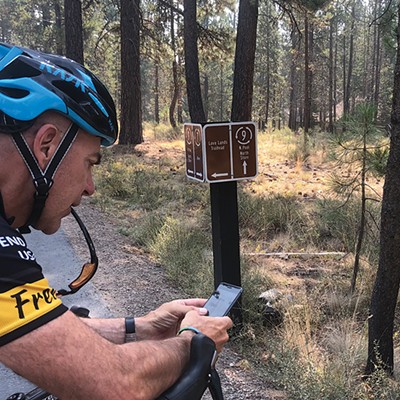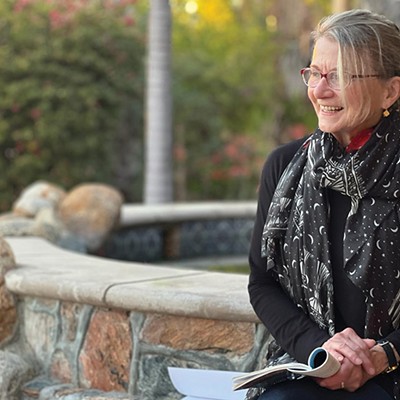It's become nothing more than a blip on the historical radar, but there was a time when a sizable chunk of Oregon almost became part of a different state or perhaps a different country all together. This was back in 1941 when residents of southern Oregon and parts of Northern California, disillusioned with the what they felt was neglect from their respective state governments, formed the state of Jefferson, which included several Oregon counties and bordered up to the south of our own Deschutes County.
On November 27, 1941, a band of men stopped traffic on Highway 99, which was then the main north-south road on the West Coast, handing out flyers that announced the state of Jefferson as an independent entity in "patriotic rebellion" against both Oregon and California. The story made national headlines and the state of Jefferson became closer to a reality as the organizers named Yreka, Calif., its capital. But a little more than a week later, before the newsreel about the secessionists ran in movie houses across the country, Pearl Harbor was attacked and the U.S. entered World War II. The story of Jefferson was soon overshadowed and the secessionists eventually put their energy toward the war rather than creating the state of Jefferson.
But, if anything, this effort showed the independent streak that's long been alive in Oregon. And it's this streak that Keith Scribner captures in his new novel, The Oregon Experiment, a story about a college professor who comes to Oregon from the East Coast to study radicalism, but soon finds himself deeply involved with a group of anarchists and secessionists looking to form an independent government.
Scribner, a writing professor at Oregon State University who has penned two other novels, including the critically acclaimed book The GoodLife, began formulating the first ideas for The Oregon Experiment more than a decade ago as he watched the WTO protests unfold in Seattle. He became intrigued with these radical movements, leading him down a trail of research that became the basis for this intriguing novel, which in addition to capturing the distinct cultural idiosyncrasies of life in Oregon, is also an impressive piece of fiction that weaves together a number of colorful characters by way of Scribner's masterful use of point of view.
At the core of The Oregon Experiment is Scanlon, the professor who is new to the fictional town of Douglas (Scribner calls it a mix of Corvallis and Eugene) and has his pregnant wife, a fragrance designer who's lost her sense of smell, in tow. While the story is as much about Scanlon's relationship with his wife and new child as it is radicalism, the mostly fact-based novel continually sheds light on the world of secessionists, anarchists and other political extremists who are known to exist in Oregon.
"There's the idea that many of them have is that most federal government is too big and too corrupt and will eventually fall. When it falls we want to be ready on the local level to run things ourselves. There are others, however, who think they need to help it along a bit," says Scribner, who was named last week as one of the authors to appear at November's Nature of Words literary festival.
Integral to this novel is Clay, a young anarchist who Scribner uses to illustrate some of the most extreme political and social tendencies of Oregonians. To accurately display this faction, which is often mischaracterized in both print and film, Scribner managed to get some actual face time with anarchists.
"I got really lucky. A former student, who was not an anarchist, but was always involved in the fringes had a phone number for an anarchist who actually had a phone," says Scribner, who said that the majority of anarchists aren't always the sort of "white kids dressed in black throwing bricks" some might expect.
Nevertheless, it's in Clay that readers get a taste of how something like the attempt at secession the hippies, hicks and regular folks found in Douglas, could turn from a political movement to something marked by outbursts of violence and destruction. And in the middle of it all is Scanlon, the protagonist whose personal life is quickly becoming as tumultuous as the social strife that's growing around him as he is reluctantly drawn deeper and deeper into the secessionist subculture.
But where most Oregonians, and perhaps those whose understanding of Oregon culture extends beyond what they've gleaned from an episode or two of Portlandia, will be impressed is how Scribner so accurately captures the more vibrant, positive elements of life in this state. Sure, Douglas is fictional, but the descriptions of hanging out in breweries, shopping at farmer's markets and the wide range of divergent characters ring incredibly true to real life in Oregon.
"I hope it's a great tribute to Oregon and Corvalis and that open mindedness and that tolerance found here," says Scribner. "I hope that it's finally a celebration of who we are here and that we're our own sub culture. It's a different culture than say New York or even California."



















